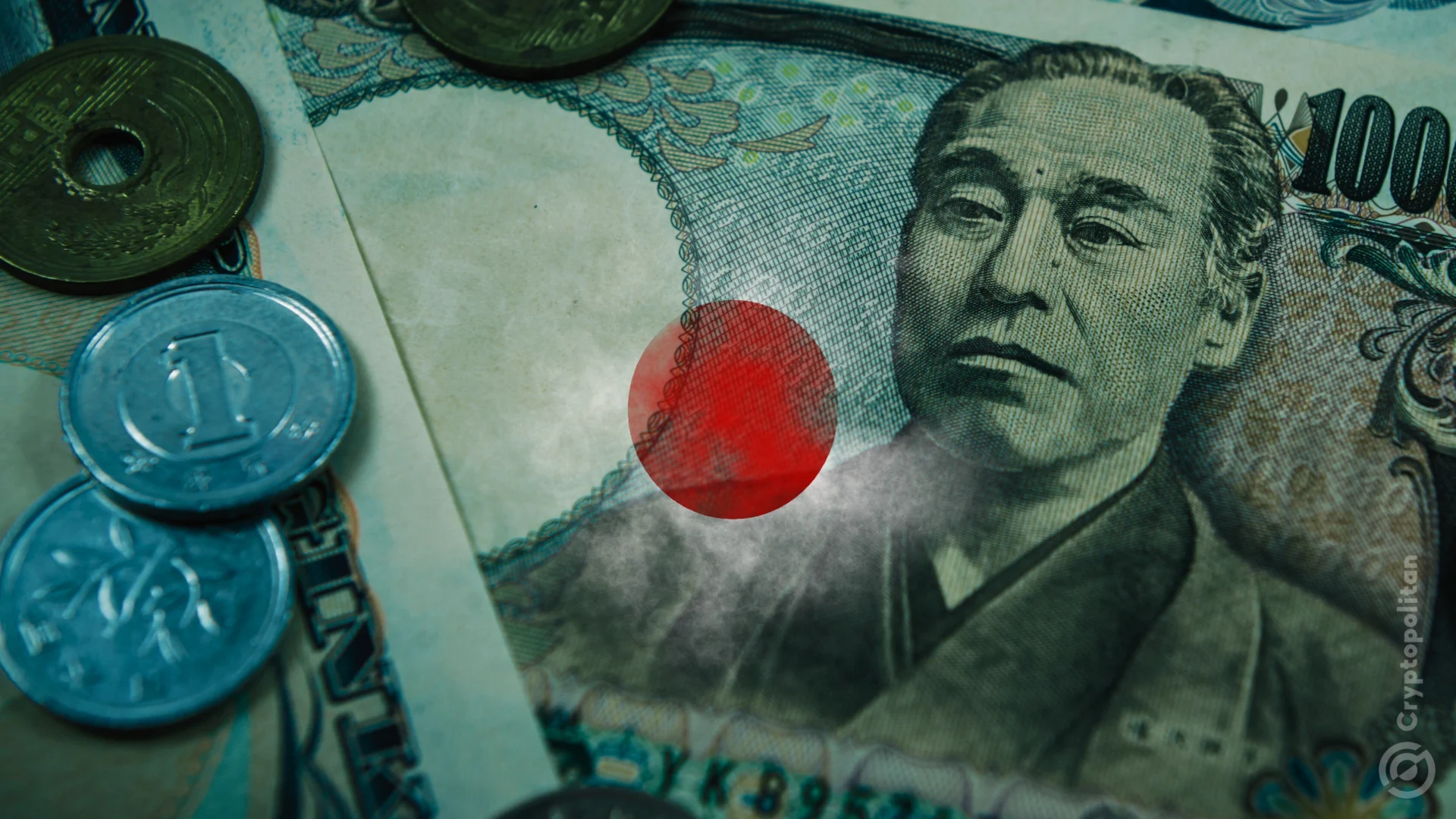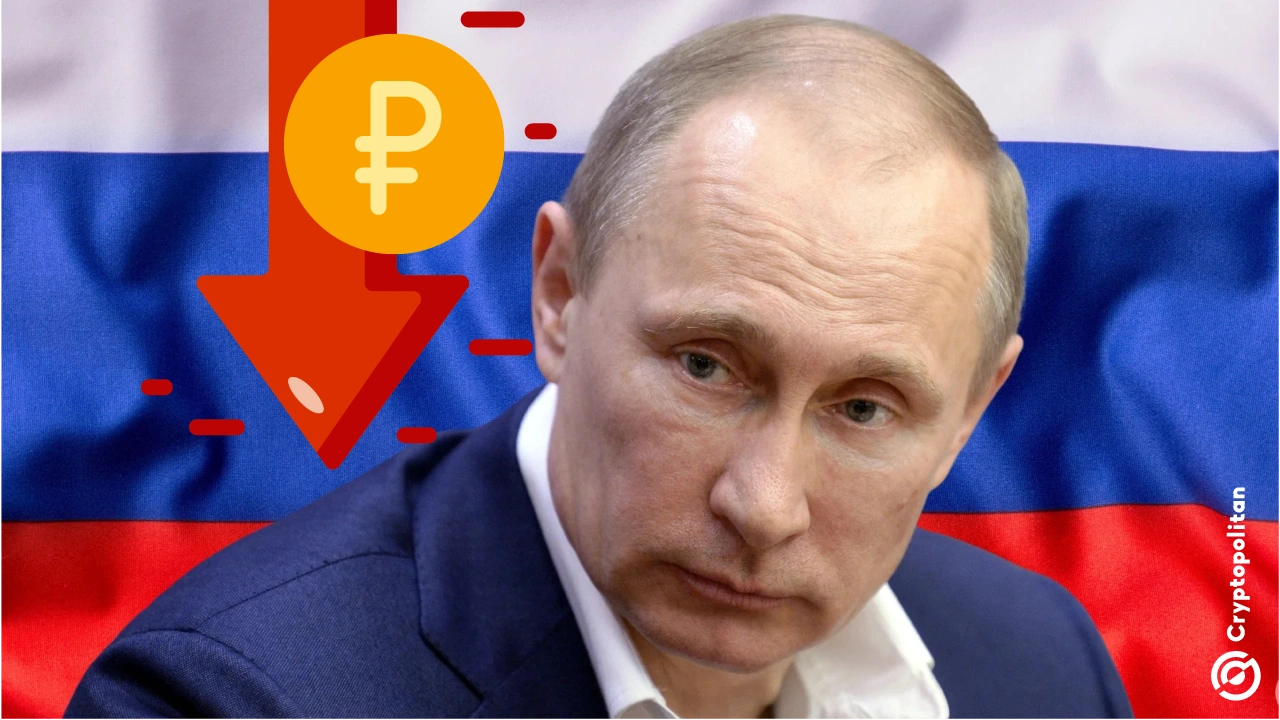The Bank of Japan has decided to retain its benchmark policy rate at 0.25% despite growing uncertainty surrounding the country’s elections. The BOJ’s Governor Kazuo Ueda mentioned the policy rate plans after the much-awaited October 30 to 31 BOJ policy meeting.
Ueda also mentioned that the central bank will stay on track to achieve its inflation target. The BOJ notably introduced rising interest rates this year after a long period of negative interest rates. In March, the central bank raised the interest rate to 0.25%, which it plans to maintain.
So far, the Bank of Japan’s board has maintained its inflation projections for three years, indicating continued economic success according to the central bank’s plans.
The bank’s governor spoke about its plans during a press conference on October 31. Ueda discussed different aspects of the economy and noted some of the things stated in the October Bank of Japan’s Outlook for Economic Activity and Prices report. The governor also discussed the current political situation in Japan and its potential effect on the forecasts.
Political tensions significantly increased after Sunday’s election, which ended with the worst performance by the country’s leading party, the Liberal Democratic Party. A Forbes analysis pointed out that the ruling party’s major losses might show the Japanese population’s concerns about the current economic situation.
BOJ will look at different scenarios to make its next decisions
In the press conference, Ueda revealed that the bank needs to explore different scenarios before making its decisions. In the governor’s opinion, the bank requires deep insights into global economic developments. Ueda hinted that the main focus will be on how the factors affect a fragile domestic recovery before making policy changes.
The governor first confirmed that the central bank has not decided on a preset time for an expected rate hike. Ueda suggested that the process will require scrutinizing data after policy meetings before reaching a conclusion.
“We will scrutinise data available at the time at each policy meeting, and update our view on the economy and outlook, in deciding policy.”
The Bank of Japan’s Governor Kazuo Ueda also highlighted the settling risks from outside economies, mentioning that economies like the U.S. have been more stable. The governor detailed that despite the U.S.’s shortcomings in data, the country has released more reliable information over the past few years. As such, the bank aims to check how past rate hikes in the U.S. affected its economy.
Ueda also assured that the current political uncertainty in Japan will not directly affect the bank’s price forecasts. The governor said the Bank of Japan will take necessary steps to adjust its forecast if there are major policy changes.
Economists predict the Bank of Japan’s outlook is ‘hawkish’
Several global economists agree the BOJ’s outlook seems hawkish based on its October report. A Moody’s Analytics senior economist told CNBC that the bank’s projections show that a rate increase is on its way. The economist said it is only a matter of time, predicting an increase before the year’s end due to the weakening yen.
Goldman Sachs’ Japan senior economic advisor Akira Otani predicted that the bank will hike interest rates in January next year. Otani mentioned that the bank’s timing will depend heavily on overseas countries’ economic situations and developments.
Many are also eyeing the upcoming elections to see if the country’s leading party will win. So far, Prime Minister Shigeru Ishiba’s vision aligns more with the central bank. Additionally, if elected, Ishiba had promised to introduce a supplementary budget of $84.6 billion.
Economists also expect Ishiba to hold a Diet session if re-elected, beginning on November 11 and ending in mid-December.





